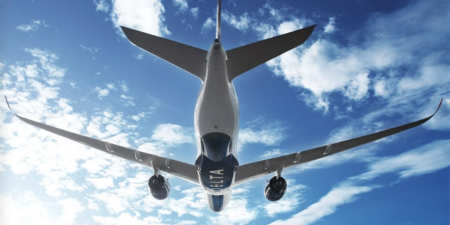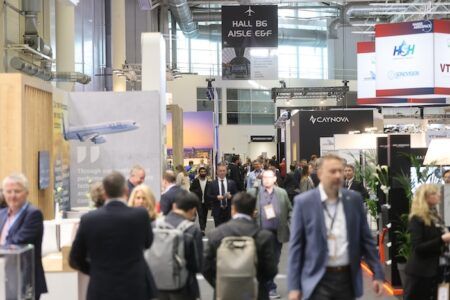When we consider the future of aircraft design, a lot of the focus tends to be on the planes themselves, and the features within them. For example, just recently we posted about possible cabin designs for the next phase of flying, with emphasis placed on personal privacy, health, and comfort. Generally, it’s actually quite common to see optimistic and ambitious plans like that one, showing what planes may (we hope) look like one day soon.
While designs generate a lot of discussion, we don’t talk as frequently about how they will actually be made. Yet today there are several technologies that could make the actual aircraft design process far more efficient in the coming years. I’ll cover a few of them here.
3D printing
3D printing is a fairly stunning technology that is already being deployed for a nearly limitless number of purposes. Some of its most exciting potential, though, is in fields like architecture, construction and engineering. Mostly, these are talked about with regard to 3D printing’s potential impact on home and commercial building projects. But the technology can also be applied to large vehicle construction and maintenance.
In fact, in some cases, 3D printing is shaping aircraft maintenance already. Etihad, for instance, is known to be embracing additive manufacturing (basically another name for 3D printing) to quickly create parts that need to be updated or replaced on older aircraft. And this is only one of the possible functions of the technology. 3D printing can also be used to produce original parts for brand new airplanes (and possibly nearly all of the components of a new plane). On a smaller scale, it can also be applied in modelling, to create perfectly detailed renderings of new designs – whether of whole airplanes or of features like the new cabin concepts mentioned above.
Collaborative PCB construction
While 3D printing can be applied to entire airplane designs, there are also bound to be innovations in the most intricate details behind airplane functions. And one thing that comes to mind in this regard is the design of electrical components. The various electronic functions in our planes are powered through tiny, detailed printed circuit boards. And as we look to a future of more comfortable and capable planes, perhaps with more automated services, the circuitry behind it all will need to be all the more sophisticated.
As it happens, there are some exciting technologies already driving circuit board design to new heights. In some cases these technologies involve actual PCB construction – but it’s the collaborative software that will really change the design process behind circuit boards for airplane use. Today, people working on PCBs can view and share designs online, even in 3D formats, through easy-to-use software. Naturally, this enables unprecedented degrees of teamwork, education and feedback – and that sort of collaboration can only help PCB designers to piece together more sophisticated boards. This in turn will play a role in bringing about more advanced aircraft.
Virtual reality
Virtual reality is in some respects a more mainstream technology than either 3D printing or collaborative PCB design. This is largely due to the fact that it has numerous commercial applications relating to gaming and entertainment. VR has many other uses also though, and among them are applications in design and prototyping.
What this means, more or less, is that VR programs are being developed that allow engineers and designers to interact with digital renderings in 3D and at a realistic scale. Sometimes this may be a helpful part of the process in creating an original model for a new aircraft. In other cases though, it can be helpful in assessing an existing design. We know that Boeing is already applying VR in this manner, allowing designers to check every last detail of a digital prototype before any physical production begins.
All three of these technologies are poised to make significant, positive differences in how modern airplanes are designed and produced. Here’s hoping they also help to bring about some of the comfortable, high-tech features we’re all hoping to see in the next generation of commercial aircraft.





